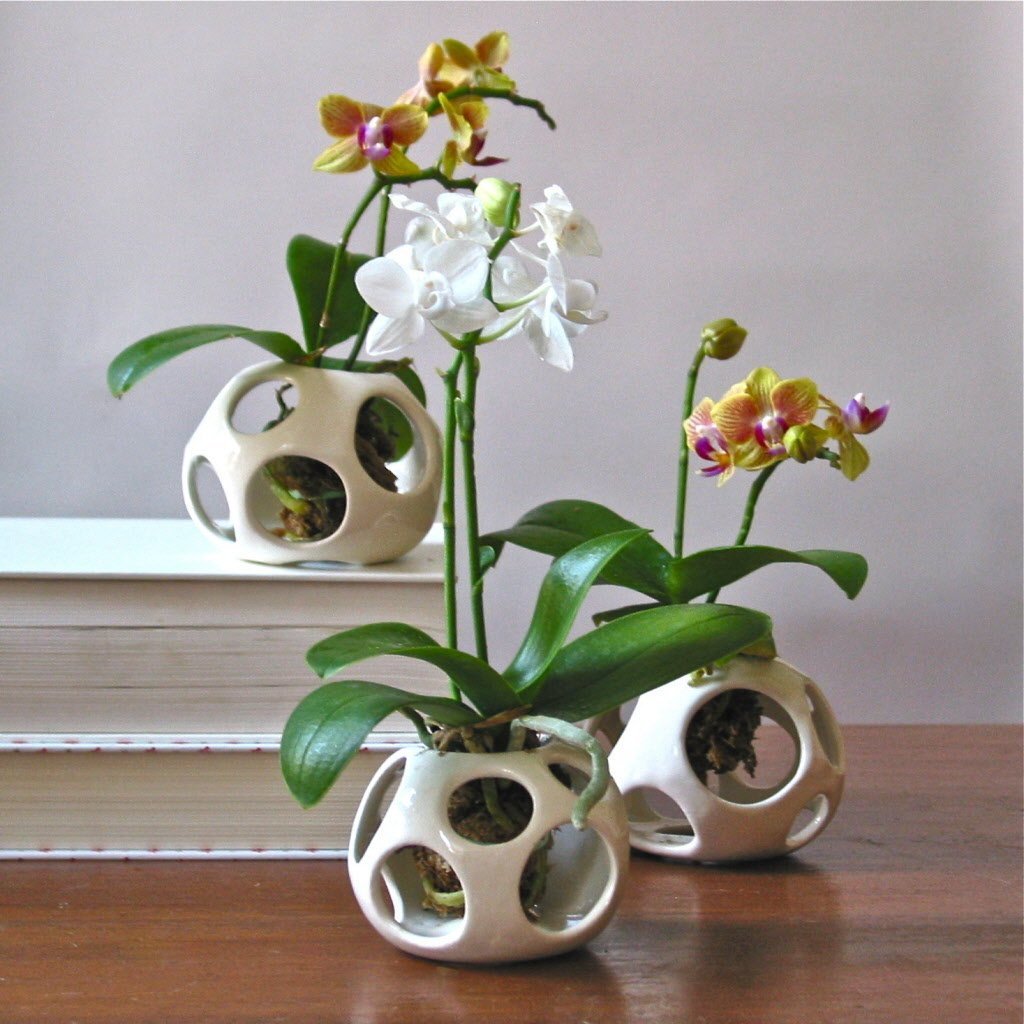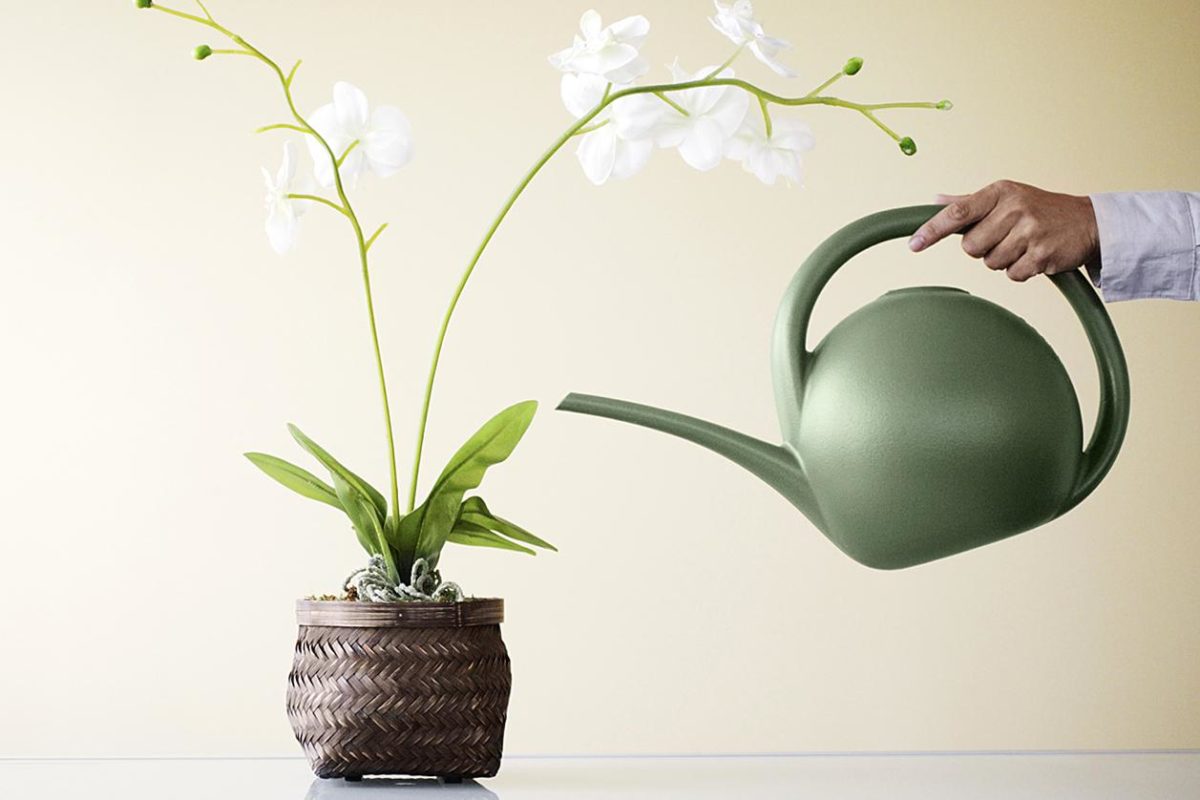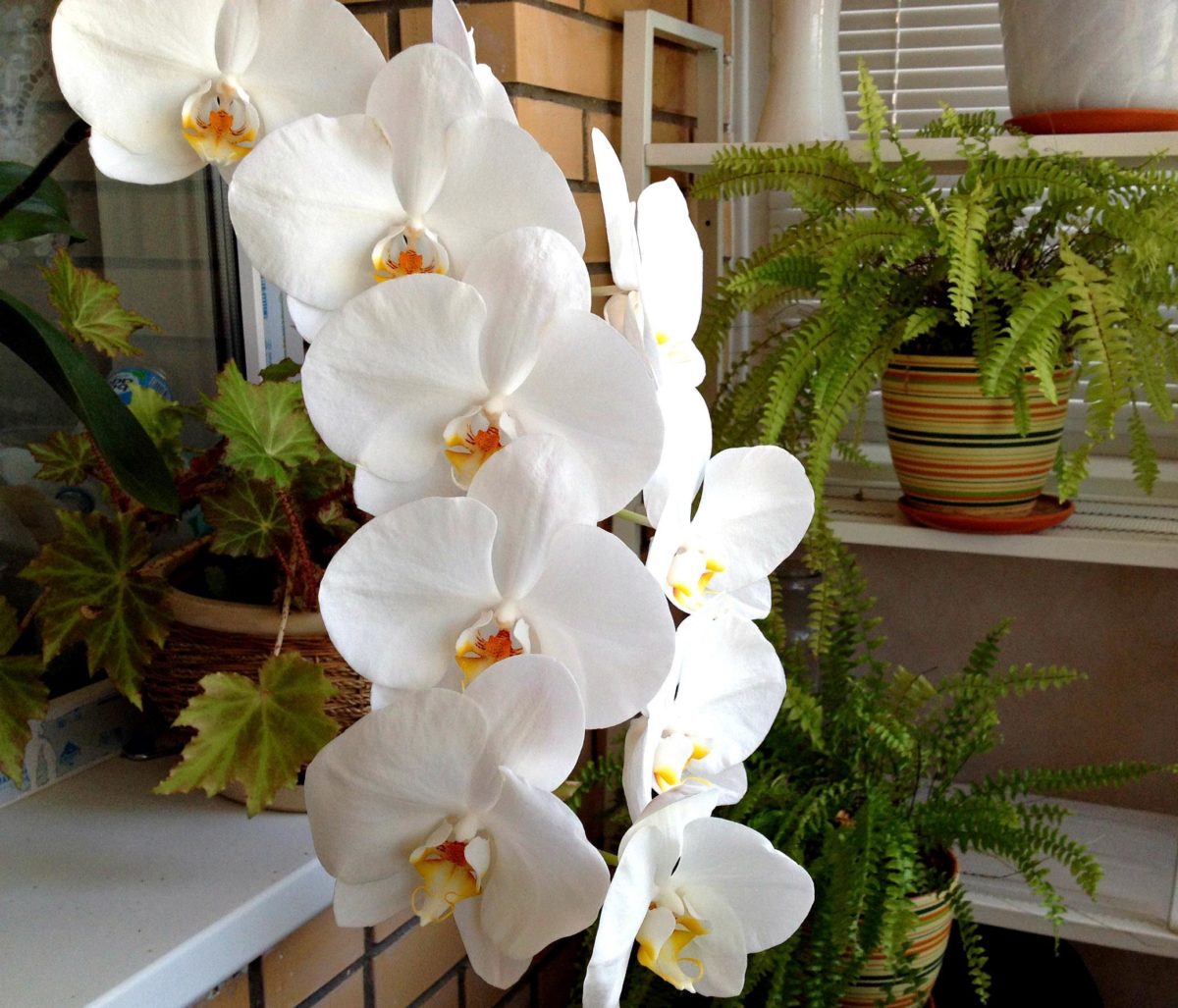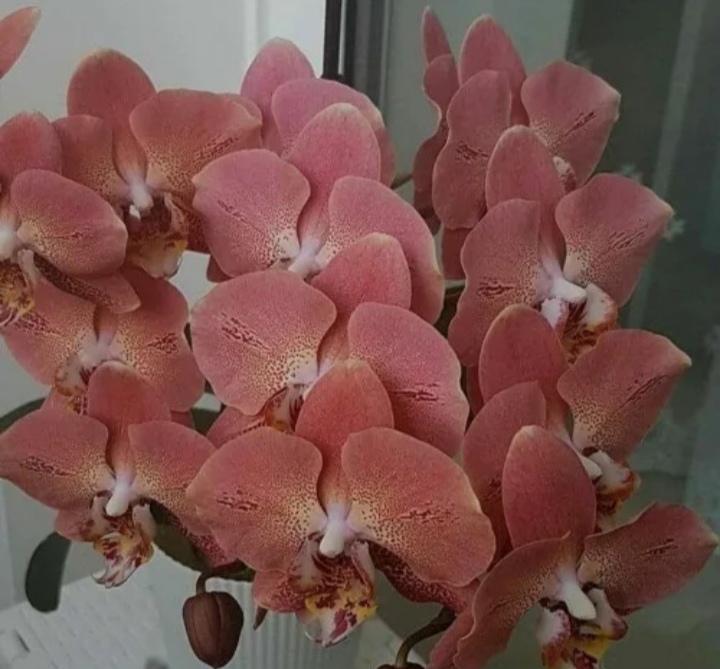Orchid
How to properly water an orchid at home
The orchid has many fans, so growers know what this plant looks like. In the minds of most, this is a very beautiful flower that rises on a thin, fragile stem. However, it is not so easy to grow this flower in an apartment, since there are many different nuances here. Although this does not stop many, since the desire to enjoy the natural sophistication, sensuality and refined fragility of the orchid often prevails.How to water orchids correctly
Phalaenopsis orchid transplants at home: tips, video
Phalaenopsis Orchid is much easier to grow at home than other epiphytes. In their natural habitat, these plants prefer the tropical climate of New Guinea, Brazil or Australia. You can find these beautiful flowers at an altitude of more than 500 m above sea level.How to transplant Phalaenopsis orchid
How to water the phalaenopsis orchid at home
In order for the Phalaenopsis orchid to grow healthy and delight the eye with its beautiful flowers, you need to know how to properly water the plant. Delicate orchids are especially sensitive to watering. If the phalaenopsis is not properly watered, the plant will wither quickly. Therefore, every novice and experienced gardener must know the technology of watering and caring for phalaenopsis.How to water an orchid
Why the orchid does not bloom at home
Quite often, you can hear the story of how a donated or purchased orchid begins to wither after just a few weeks. In such a situation, it remains only to wait for the next year, because the plant can bloom again, but the expectations are in vain. An orchid is a demanding flower and it is not surprising that it begins to wither as soon as it gets into the home. In order to maximize the flowering period and prevent the plant from simply dying, you first need to understand the causes of wilting and try to solve them by creating favorable conditions.If the orchid does not bloom
Phalaenopsis care after the store at home
Herbaceous plants belonging to the Orchid family. They are represented by epiphytic (plants that live without connection with the soil, most often on another plant, receiving nutrients from the environment) and lithophytic (plants that need rocky or rocky terrain for life) forms. Epiphytes predominate among phalaenopsis.Phalaenopsis at home




